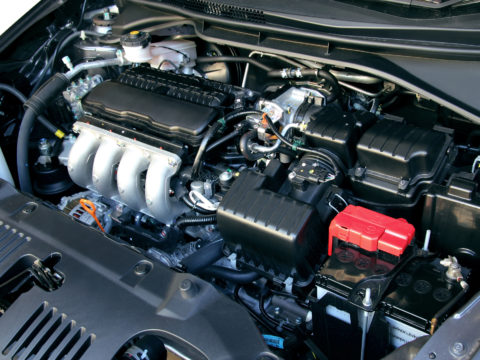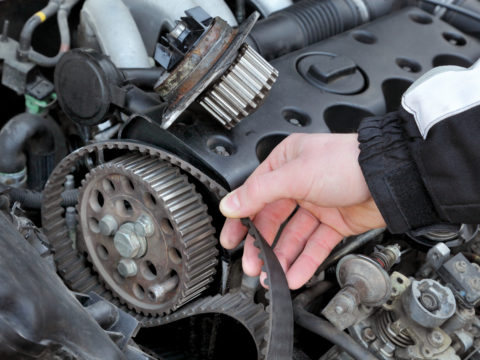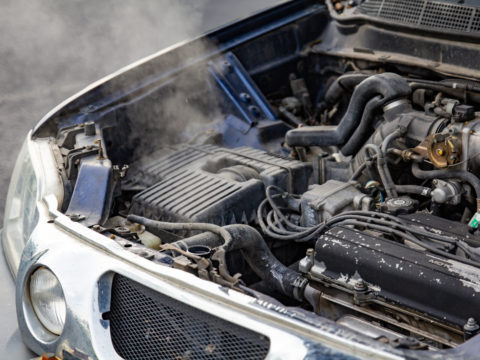Driving with a bad crank sensor can cause catastrophic problems to your car. That is why being able to identify the symptoms of a bad crank sensor can be so vital.
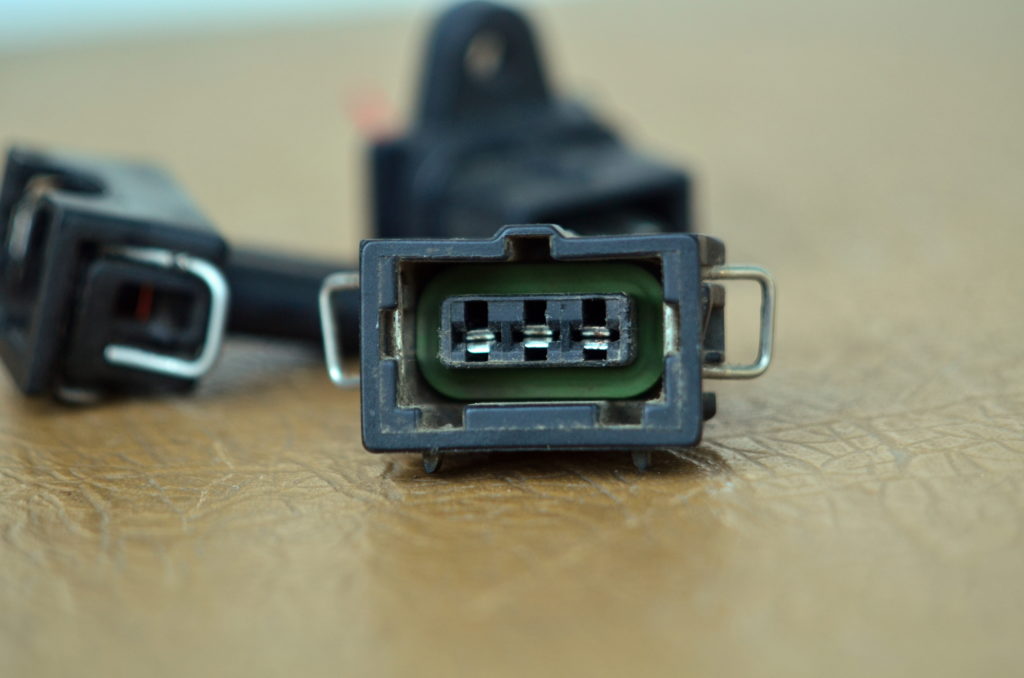
Some of the most common symptoms of a bad crank sensor include:
- Misfiring Engine
- Vibrating Engine
- Reduced Mileage
- Uneven Acceleration
- Engine Warning Light Coming On
- Intermittant Stalling
- Problems Starting the Car
Contents
What does the crank sensor do?
The crankshaft sensor monitors the rotational speed or position of the crankshaft. Engine management systems can then control the ignition system or fuel injection timing as well as other engine parameters.
What does it do in a car?
The crankshaft sensor is one of the engine control’s most important providers of information. It sends an electrical signal to the engine’s control, letting it know the position and speed of the crankshaft.
What happens when the crank sensor goes bad?
A faulty crankshaft position sensor will fail to send the correct information to the engine control unit, and the engine will start to work from its default values. This means the car’s computer will be using inaccurate readings to optimize its performance. This can damage the engine and be expensive to repair.
What are the symptoms of a bad crank sensor?
Spotting the signs of a failing crankshaft position sensor will allow you to visit a mechanic or install a crankshaft position sensor replacement before too much damage can occur. Here are the most common failing crankshaft position sensor symptoms.
Engine misfires
Misfiring cylinders caused by a bad crankshaft position sensor can cause your car’s engine to stutter. This problem can also be caused by a faulty spark plug, so checking both is advised.
Vibrating engine
If you have noticed a vibrating engine or rough idling when stopped in traffic, this could be a sign that the crankshaft’s position is not being monitored correctly by the sensor.
Reduced mileage
If the crankshaft position is not being accurately provided to the engine control unit, the efficiency of your fuel injectors will be compromised, leading to a reduced mileage.
Uneven acceleration
The engine control unit will not be able to accurately control the fuel injection or spark timing, resulting in uneven or slower acceleration. It will also hinder the vehicle’s ability to maintain a steady speed.
Engine warning light coming on
If the crankshaft position sensor begins to fail, your check engine light will come on to make you aware of the problem. The check engine light can come on for a number of reasons, so it does not automatically mean you have a crankshaft position sensor problem.
Intermittent stalling
Crankshaft position sensor problems can lead to the signal being cut and the car stalling. This is more likely to be an issue with the wiring, but it is worth getting checked by a mechanic.
Problems starting the car
Issues starting your vehicle are the most common symptom when a crankshaft position sensor fails or is starting to fail.
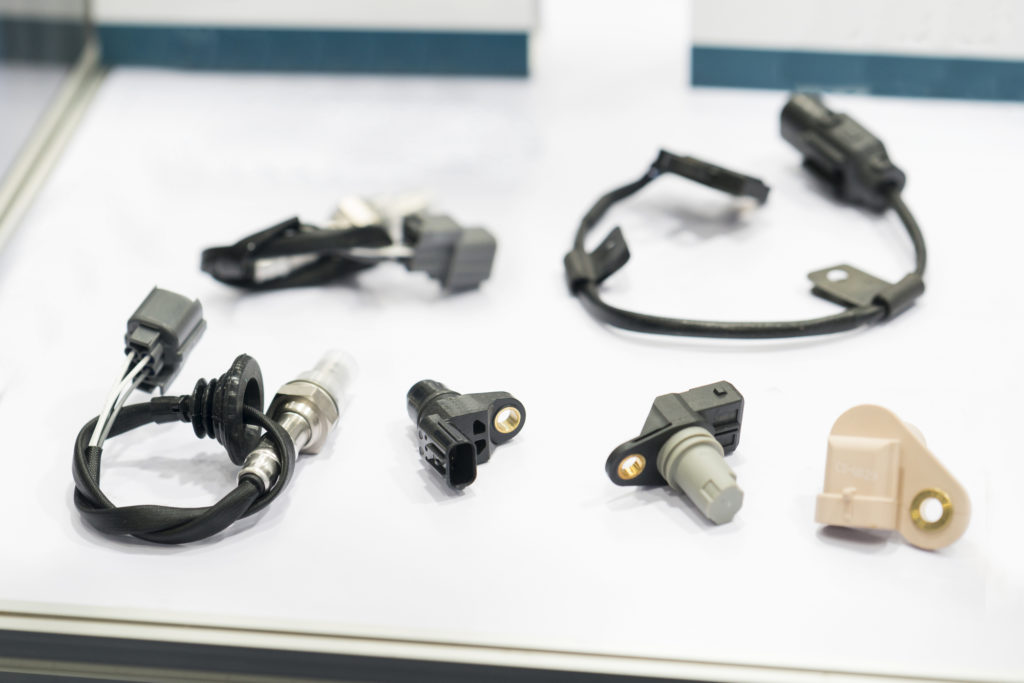
What causes the crankshaft sensor to go bad?
As well as knowing the symptoms of a faulty crankshaft position sensor, knowing what can cause these faults can also help you avoid costly car problems.
Overheating engine
An overheating engine can cause many problems. One of these is the crankshaft sensor’s plastic covering being melted or damaged.
Circuitry issues
Damaged or loose wiring and faulty voltage can cause problems with the signals sent to the engine control unit by the crankshaft position sensor.
How to test the crankshaft position sensor
The best way to test a crankshaft position sensor is by using a multimeter. A multimeter is a digital tool that measures electrical values in volts, amps, or ohms.
Alternatively, you can use a diagnostic scan tool to check the onboard diagnostics. This will record trouble codes, and any between P0335 to P0338 would signify crankshaft sensor issues.
You can also use a scan tool to check the engine’s RPM (revolutions per minute). The scan tool gets this information from the crankshaft position sensor. Inaccurate readings using this technique would also signify crankshaft sensor issues.
Crankshaft sensor replacement cost
The cost of the crankshaft position sensor could be anywhere between $50 and $300. The cost of getting it installed will vary depending on the make and model of your car and the garage you visit. On average, you can expect to pay anywhere upwards of $100.
What to do after replacing the crankshaft sensor
After replacing a bad crankshaft position sensor, you must resync it to the engine control unit. You might also see the engine control unit referred to as the ‘Powertrain Control Module’ or ‘Engine Control Module.’
You would use a scan tool to carry out the crankshaft position variation learn procedure. This would usually take around ten minutes, and failure to do this will cause over-revving and engine damage.
FAQs
How long does a crankshaft sensor last?
Some crankshaft position sensors might last for the entire lifetime of your car, and there is no set time for you to replace them. The likelihood of crankshaft position sensors failing will increase after 100,000 miles.
Looking out for the symptoms described in this article, especially in older cars, will give you the best opportunity of getting the issue resolved before it causes further damage to the engine.
Can a bad crankshaft sensor cause no start?
The crankshaft sensor measures the engine RPM and traces the position of the crankshaft. If the crank sensor fails or its wiring is damaged, this can cause many engine issues, including stalling and the inability to start the car.
The sensor will send a signal to the ignition coil that is managed by the control unit. If the engine control unit is receiving incorrect information or no information from a bad crankshaft position sensor, the coil will not be able to be turned on or off.
How long does it take to replace a crankshaft sensor?
The length of time it takes to replace a bad crankshaft position sensor will differ depending on the make and model of the vehicle. On average, it should take an experienced mechanic around one or two hours to carry out the replacement.
Can you drive with a bad crankshaft sensor?
Driving with a bad crank sensor is possible, but it is definitely not advisable. If you have noticed any of the symptoms mentioned above or you have an illuminated check engine light, getting it checked over by a qualified mechanic as soon as possible could save you a lot of money.
The most important reason that you shouldn’t drive with a bad crank sensor is that it is not safe. If the sensor is unable to provide the ECU with the correct information, it will not know when to fire the fuel injection system and ignition spark plugs. This can cause the car to stall no matter what speed you are traveling at.
Running a vehicle with a bad crank sensor can also cause damage to the engine, meaning it is not only dangerous to drive, but it can lead to severe damage that will be very expensive to repair.


